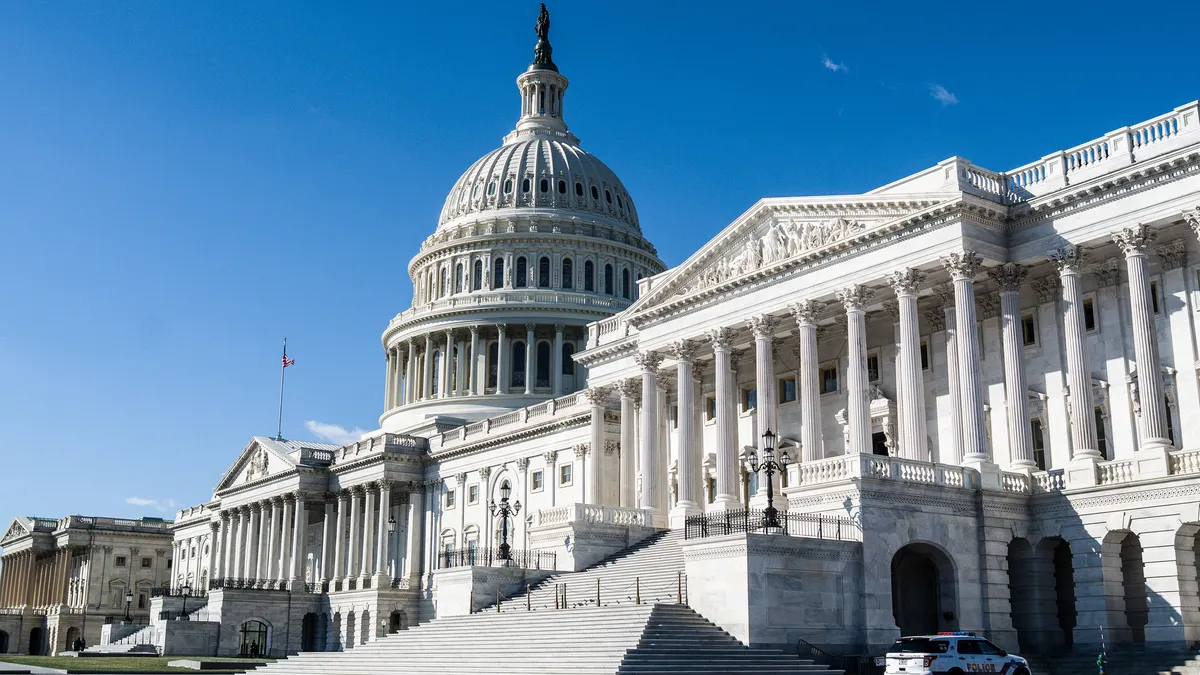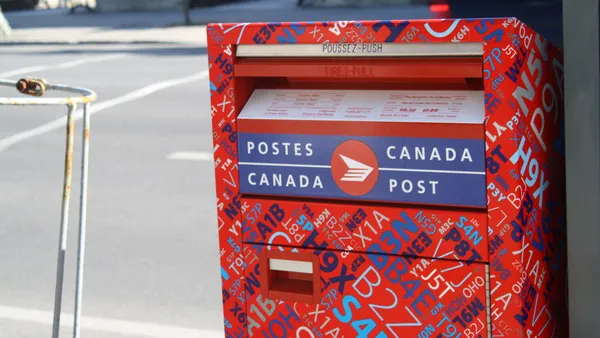WASHINGTON -- Port association and border group leaders testified on Capitol Hill Wednesday, calling for investments in ports to facilitate the free flow of goods across borders and within the U.S.
"Delays at our ports result in an overall loss of commerce," Sen. John Cornyn, R-Texas, chair of the Senate Subcommittee on International Trade, Customs and Global Competitiveness, said during the hearing. "We must fund the ports that make trade possible in the first place."
Panelists outlined three major resources needed at ports across the nation: Personnel, technology and infrastructure. The need for those resources is universal, at land and seaports, on riverways, the U.S.-Mexico border and the coasts.
Infrastructure in particular has come into the spotlight, with Donald Trump promising trillions of dollars in infrastructure spending while on the campaign trail, although no plan has passed since he assumed office.
As e-commerce and shipments grow, ports are increasingly desperate for the funding needed to modernize and update their infrastructure. At the hearing, Kurt Nagle, president and CEO of the American Association of Port Authorities (AAPA), said the seaport industry will need $66 billion over the next 10 years.
In a report issued in June, AAPA projected a need for a $20 billion investment in multimodal and rail access projects in the next decade, due to growing populations and increased shipping volumes.
While the FAST Act, signed into law under by President Obama, authorizes billions for freight spending, it limits spending on multimodal projects, Nagle said at the hearing.
Port have made it clear that investment in multimodal projects are a top priority. The association advocated for raising the cap on multimodal funding under the FAST Act.
"The waterways always end somewhere," Mary Ann Bucci, executive director of the Port of Pittsburgh Commission, told the Senate subcommittee. Bucci said in Pittsburgh, each waterway and port offers connections to rail, truck or both, allowing goods to reach their final destination. "We're just one of three pieces."
For ports of entry on land borders with Mexico, infrastructure is severely outdated, with ports averaging 40 years old. As a result, the layout and construction of the ports aren't suited for the enormous volumes of trucks passing through the border each day.
While infrastructure is critically important, it's just one piece of the puzzle. Land border ports of entry require sound trade relations and customs processes to keep goods moving.
Relations between the U.S. and Mexico have soured recently as a result of numerous political moves, from talks of building a wall to tariffs imposed on steel and aluminum imports.
Negotiators hit pause on NAFTA negotiations as participating nations go through elections, but Mexico now hopes to ink a deal by the end of August.
Panelists called for swift modernization and approval of NAFTA. "Our three nations’ supply chains are deeply integrated, which has created a highly efficient, just-in-time manufacturing environment," Sergio Contreras, vice chairman of the Border Trade Alliance, said in his testimony.
Without a free trade agreement, Contreras, along with Laredo, Texas, Mayor Pete Saenz, said shipments between the two nations could be at risk. In Laredo, Saenz said about 16,000 trucks cross the border each day.
"There's a tremendous flow of commerce," he said. "It begins in Mexico, and we need to coordinate the flow of goods into Mexico. This is why its important to maintain good relationships with the Mexican counterparts."
It's unknown how Mexico's newly elected president, Andrés Manuel López Obrador, will handle NAFTA negotiations.
"Now [the Trump administration] knows who’s going to be in charge and hopefully provides better condition to consummate that quickly," Cornyn said. "Legitimate trade is the lifeblood of that region — and of our country’s economy."














